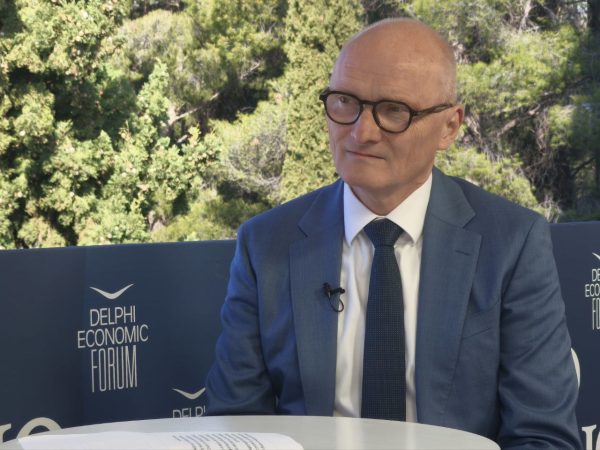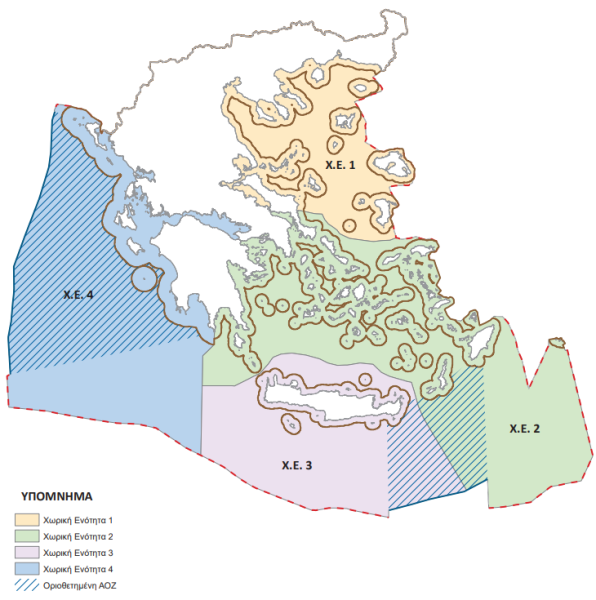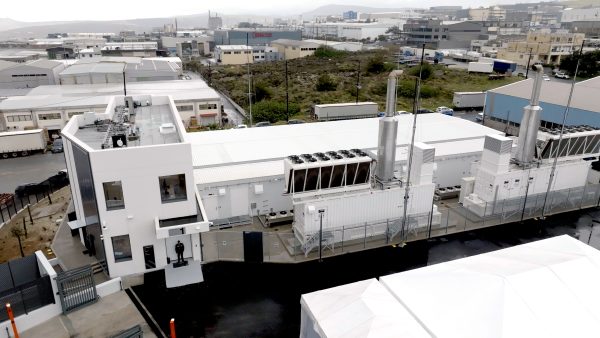
Investors from the other side of the Atlantic are trying to diσcern the landscape of the Greek banking system the next day, according to the contacts that JP Morgan had on American soil. In a discussion organized by the American bank for banks in Central and Eastern Europe (CEE), it noted the great investment interest in exposure to the region.
However, the questions that existed revolved around the course of the Greek banks in the prospect that the European Central Bank will start reducing interest rates. And this is because there has been a request for a guide on the course of interest income and how this may affect the numbers of the banks if rates start to decline.
It is worth noting here that the majority of analysts covering Greek banks have estimated that interest income (NII) will peak in the current or next quarter, which appeared to be adopted by investors who either have exposure to the Greek sector or want to acquire .
Nevertheless, JP Morgan estimated that NIIs will stabilize, provided that loan volumes increase, with the help of Recovery Fund funds as well. Also, the capital efficiency ratio is estimated at 11.5% in 2025, while for the years 2023-2025.
Bank profitability
In the meantime, bank administrations are satisfied with the looming development of monetary policy in the euro zone, as it is estimated that it will work to support profitability in the next fiscal year as well.
Banking sources note that if this scenario is confirmed, the profitability of Greek banks will be maintained at high levels during the next financial year as well.
The reasons are as follows:
– First, for most of 2024 interest rates on loans will remain at current levels, acting as a stabilizer for interest income.
– Second, it is estimated that the wave of early repayments by creditworthy borrowers, mainly in business credit, who rushed after the first big cycle of interest rate hikes to reduce their debt for this reason, will stop.
– Thirdly, the banks will be able to keep the cost of new financing at a reasonable level, a necessary condition for stimulating demand.
– Fourth, the risk of creating new non-performing loans will be reduced, allowing banks to keep the cost of credit risk low.
– Fifth, after the first reductions in interest rates by the ECB, cuts are expected in the returns on time deposits and a decrease in demand for the specific product, which burdens interest costs like no other.
Latest News

Greek €200M 10Y Bond to be Issued on April 16
The 3.875% fixed-interest-rate bond matures on March 12, 2029, and will be issued in dematerialized form. According to PDMA, the goal of the re-issuance is to meet investor demand and to enhance liquidity in the secondary bond market.

German Ambassador to Greece Talks Ukraine, Rise of Far Right & Tariffs at Delphi Economic Forum X
Commenting on the political developments in his country, the German Ambassador stressed that it was clear the rapid formation of a new government was imperative, as the expectations across Europe showed.

Athens to Return Confiscated License Plates Ahead of Easter Holiday
Cases involving court orders will also be excluded from this measure.

Servicers: How More Properties Could Enter the Greek Market
Buying or renting a home is out of reach for many in Greece. Servicers propose faster processes and incentives to boost property supply and ease the housing crisis.

Greek Easter 2025: Price Hikes on Lamb, Eggs & Sweets
According to the Greek Consumers’ Institute, hosting an Easter dinner for eight now costs approximately €361.95 — an increase of €11 compared to 2024.

FM Gerapetritis Calls for Unified EU Response to Global Crises at EU Council
"Europe is navigating through unprecedented crises — wars, humanitarian disasters, climate emergencies," he stated.

Holy Week Store Hours in Greece
Retail stores across Greece are now operating on extended holiday hours for Holy Week, following their Sunday opening on April 13. The move aims to accommodate consumers ahead of Easter, but merchants remain cautious amid sluggish market activity.

Green Getaway Ideas for Easter 2025 in Greece
Celebrate Easter 2025 in Greece the sustainable way with eco-farms, car-free islands, and family-friendly getaways rooted in nature and tradition.

Civil Protection Minister Details Summer Firefighting Plans at Delphi Forum
At the 10th Delphi Economic Forum, Minister of Climate Crisis and Civil Protection Yiannis Kefalogiannis discussed Greece's plans for the upcoming fire season.

How Shops and Markets Will Operate During Easter Holy Week
The Easter holiday schedule has been in effect since April 10, with retail stores open Palm Sunday, and most supermarkets also operating to meet consumer demand for Easter shopping









































 Αριθμός Πιστοποίησης
Αριθμός Πιστοποίησης